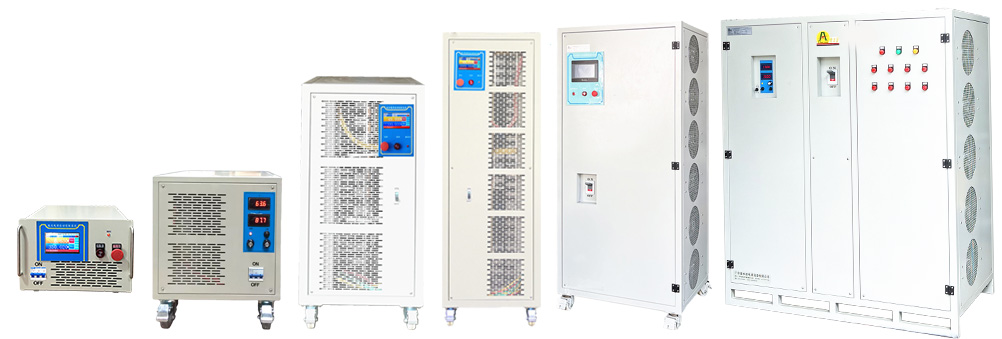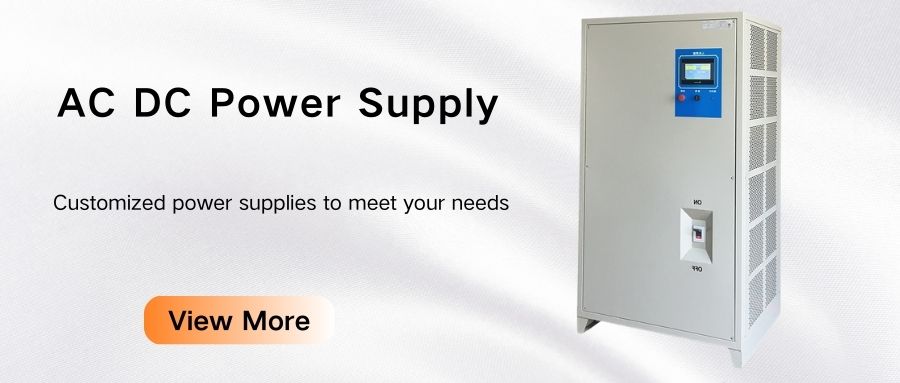A rectifier is an electronic device or circuit used to convert alternating current (AC) into direct current (DC). It plays a vital role in electronic devices and power systems. A rectifier extracts the required electrical energy from the grid or other AC power source and converts it into DC suitable for electronic devices and circuits. The following details the functions and principles of a rectifier.
Rectifier Function
The main function of a rectifier is to convert the waveform of an AC signal into a DC signal to power a device or circuit. In power systems, rectifiers extract electrical energy from the grid and convert it into DC for use in various electronic devices, household appliances, and industrial equipment. Rectifiers are also widely used in communications systems, battery charging, and motor drives.
Rectifier Principle
The operating principle of a rectifier is based on the properties of semiconductor devices and their ability to control the direction of current. Semiconductor devices, such as diodes and thyristors, conduct electricity when forward biased and do not conduct electricity when reverse biased. Semiconductor rectifiers are typically composed of diodes. A forward-biased diode allows current to flow, while a reverse-biased diode blocks current.
Rectifier principles can be categorized as single-phase and three-phase.
Single-Phase Rectification:
A single-phase rectifier typically consists of one or more diodes. During the positive half-cycle of the input AC signal, one diode conducts, allowing current to flow and converting it into a positive DC signal. During the negative half-cycle of the input AC signal, the diode turns off, blocking current flow. As a result, the DC signal generated by a single-phase rectifier has significant ripple.
Three-Phase Rectification:
A three-phase rectifier typically consists of a three-phase bridge rectifier circuit containing six diodes. The three-phase AC input signal transfers energy to the bridge rectifier via a transformer. During each half-cycle, two diodes in the three-phase bridge rectifier circuit conduct, allowing current to flow and converting it into a positive DC signal. During the remaining half-cycle, the remaining two diodes conduct, allowing current to flow, thus ensuring the continuity of the DC output voltage.
Rectifier Control Method:
The output voltage and current of the rectifier can be adjusted by controlling the input current waveform of the power supply. A commonly used control method is pulse width modulation (PWM), which varies the average output voltage and current by controlling the on-time of switching devices. This method allows precise control of the output voltage and current by adjusting the on-time ratio of the switching devices.
Summary
In short, a rectifier is an electronic device or circuit used to convert alternating current (AC) into direct current (DC). It achieves this by utilizing the properties of semiconductor devices and controlling the direction of current flow. A rectifier extracts the required electrical energy from the grid or other AC power source and converts it into DC suitable for electronic devices and circuits. Rectifiers operate in two modes: single-phase and three-phase, each using a different rectifier circuit to convert the AC signal. Furthermore, by controlling the input current waveform of the power supply, the rectifier's output voltage and current can be precisely controlled. Rectifiers play a vital role in power systems and various electronic devices, ensuring proper operation and delivering the required power.
IDEALPLUISNG Power Expert:
We focus on the research and development, sales and services in the fields of DC-DC power modules, AC-DC rectifier modules, DC-AC inverters, AC power supplies, DC power supplies, LED power supplies, chargers, rectifier systems, etc., providing personalized, efficient, reliable and cost-effective power solutions for all walks of life.
Thank you for considering our services.








